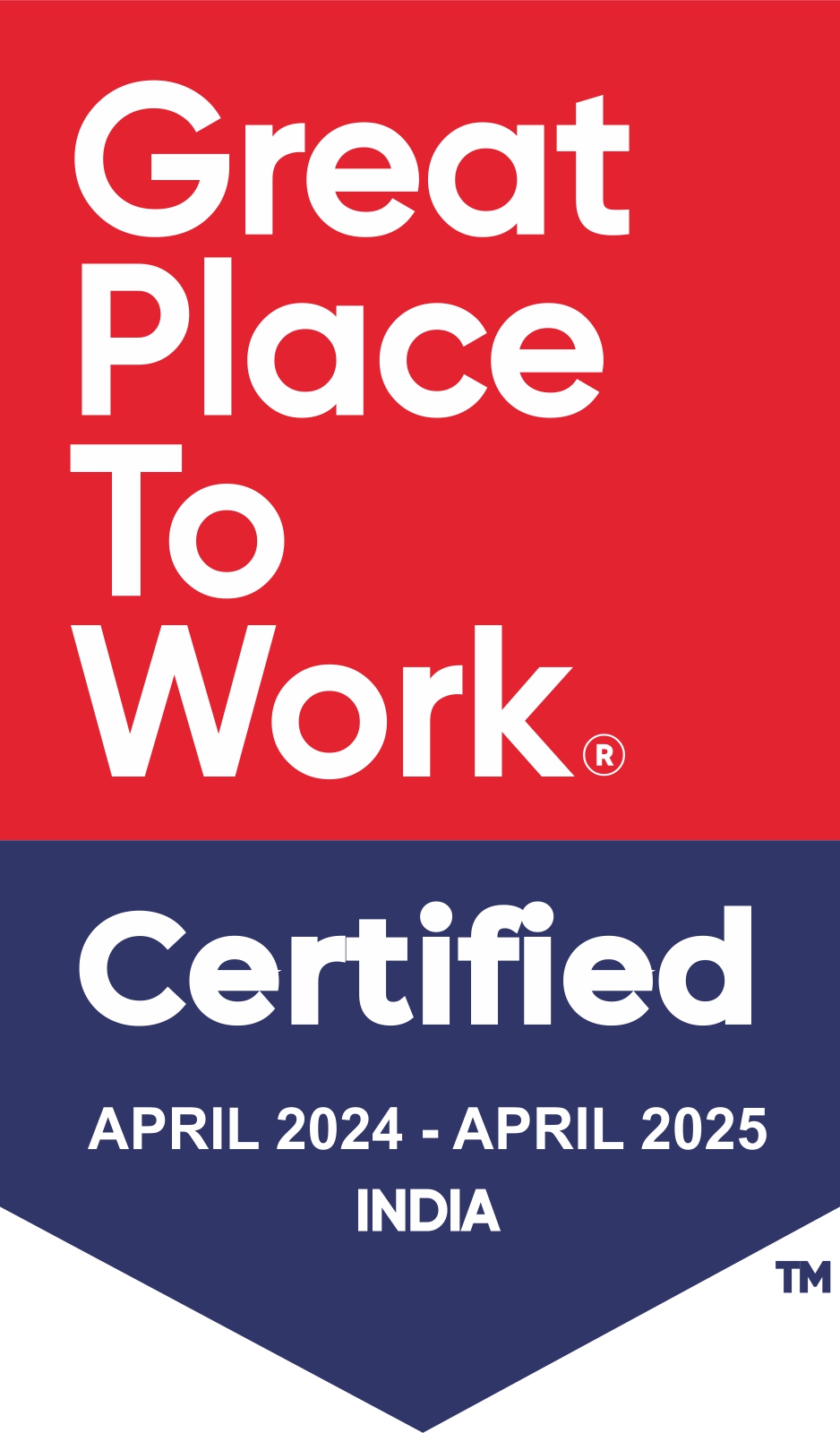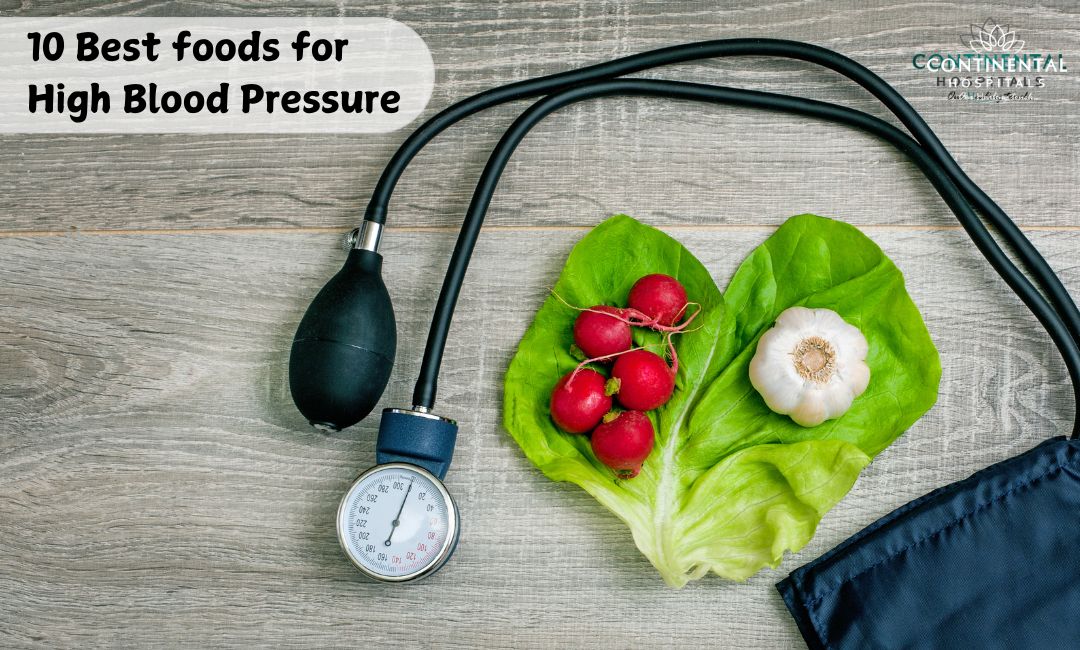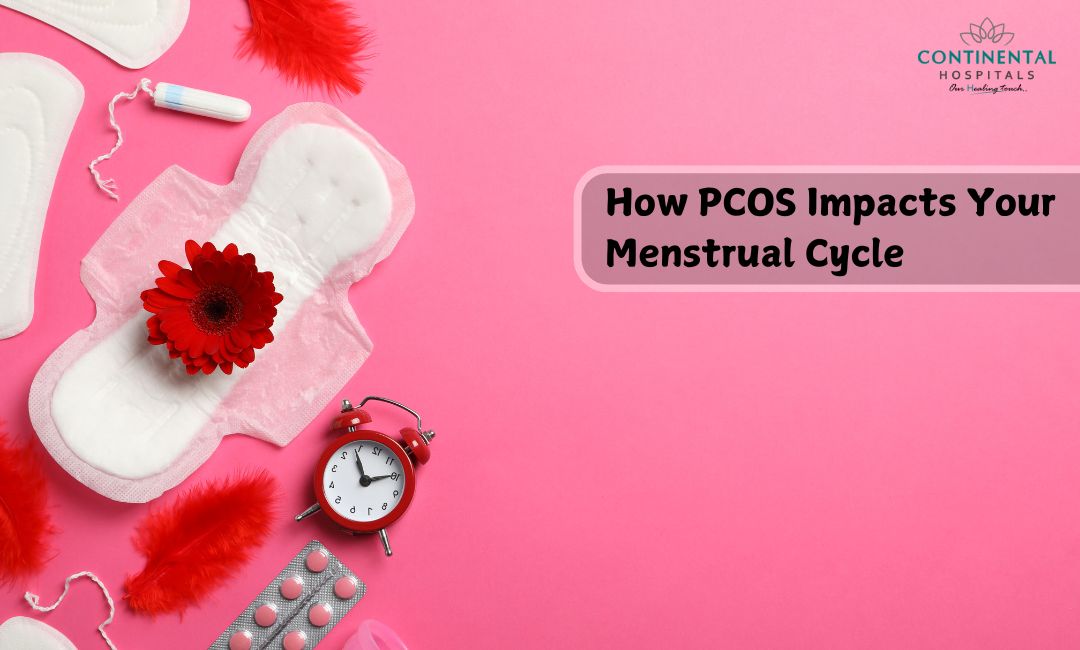High blood pressure, or hypertension, affects millions worldwide and can lead to serious health issues if not managed properly. While medications are crucial for controlling high blood pressure, the foods you eat can also significantly maintain a healthy blood pressure range. In this blog post, we’ll explore the top 10 foods that are great for managing high blood pressure and offer tips on incorporating them into your diet.
Understanding High Blood Pressure
High blood pressure, or hypertension, occurs when the force of your blood against your artery walls is too high. This can strain your heart and damage your blood vessels.
Key Symptoms to Watch Out For:
- Frequent headaches
- Dizziness or lightheadedness
- Chest pain or discomfort
- Shortness of breath
- Irregular heartbeat
- Vision problems
High Blood Pressure Ranges:
- Normal: Below 120/80 mmHg
- Elevated: 120-129/80 mmHg
- Stage 1: 130-139/80-89 mmHg
- Stage 2: 140/90 mmHg or higher
How to Lower High Blood Pressure Naturally
While medication is often prescribed to manage high blood pressure, lifestyle changes can also make a significant difference. One of the most crucial steps is to adopt a healthy diet.
The Power of Food:
The foods you eat can directly impact your blood pressure. By incorporating specific nutrient-rich foods into your diet, you can help regulate your blood pressure and reduce your risk of complications.
10 Best Foods for High Blood Pressure
1. Leafy Greens
Leafy greens like spinach, kale, and Swiss chard are excellent for high blood pressure management. They are rich in potassium, which helps your body balance sodium levels, a key factor in managing high blood pressure. Incorporating these greens into your meals can significantly help in lowering your blood pressure range.
2. Berries
Berries, particularly blueberries, strawberries, and raspberries, are packed with antioxidants called flavonoids. These compounds have been shown to help reduce blood pressure. They can be enjoyed fresh, in smoothies, or as a topping for oatmeal—making them not just healthy but also versatile.
3. Beets
Beets are another powerful food for high blood pressure patients. They contain nitrates, which help relax blood vessels and improve blood flow. Drinking beet juice or adding roasted beets to your salad can be an easy way to include this root vegetable in your diet.
4. Oats
When looking for the best breakfast food for high blood pressure, oats are a top choice. They are high in soluble fiber, which can help reduce levels of LDL (bad) cholesterol and improve heart health. Starting your day with a bowl of oatmeal is a simple yet effective way to manage high blood pressure symptoms.
5. Bananas
Bananas are well-known for their high potassium content. Potassium helps regulate blood pressure by balancing out the effects of sodium. Eating a banana a day can contribute to maintaining a healthy blood pressure range.
6. Garlic
Garlic has been praised for its heart-health benefits for centuries. It contains allicin, a compound that can help relax blood vessels and improve blood flow. Incorporating fresh garlic into your cooking or taking garlic supplements can be part of a high-blood pressure treatment plan.
7. Fatty Fish
Fatty fish like salmon, mackerel, and sardines are rich in omega-3 fatty acids, which are known to lower blood pressure and reduce inflammation. Aim to include these fish in your diet a couple of times a week for the best results.
8. Nuts and Seeds
Nuts and seeds, such as almonds, flaxseeds, and chia seeds, are excellent sources of healthy fats, fiber, and magnesium. These nutrients can help manage high blood pressure by improving blood vessel function and reducing inflammation.
9. Avocados
Avocados are a great source of potassium and healthy fats. The potassium helps counteract sodium's effects on blood pressure, while the healthy fats support heart health. Adding avocado slices to your salads or spreading it on whole-grain toast can be a delicious way to keep your blood pressure in check.
10. Legumes
Legumes, including beans, lentils, and chickpeas, are high in fiber, potassium, and magnesium. They are also a great plant-based protein source, making them an excellent choice for reducing high blood pressure and managing overall cardiovascular health.
Tips for Including These Foods in Your Diet
Start Your Day Right: Begin with a hearty breakfast of oatmeal topped with berries and a side of bananas. This combo offers fiber, antioxidants, and potassium.
Snack Smart: Choose a handful of almonds or a small serving of mixed nuts as a healthy snack option.
Salad Boost: Add leafy greens and avocado slices to your salads for an extra nutrient punch.
Flavour Wisely: Use garlic to season your meals instead of relying on salt.
Fish It Up: Plan for fatty fish meals a couple of times a week, and experiment with different recipes to keep things interesting.
Conclusion
Incorporating these top 10 foods into your diet can significantly impact how you manage high blood pressure. Along with a balanced diet, regular exercise, and stress management, these dietary choices can help you maintain a healthy blood pressure range. If you have high blood pressure, consider consulting with a healthcare provider for personalized advice and treatment options.
If you suspect you have high blood pressure or have been diagnosed with it, consult with a General Physician.
Related Blog Articles
.webp)







